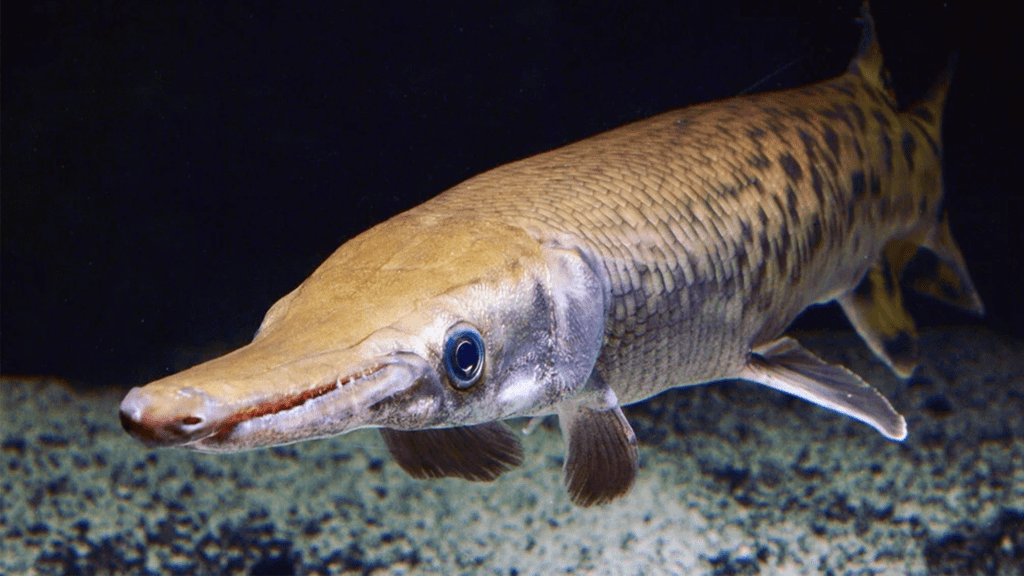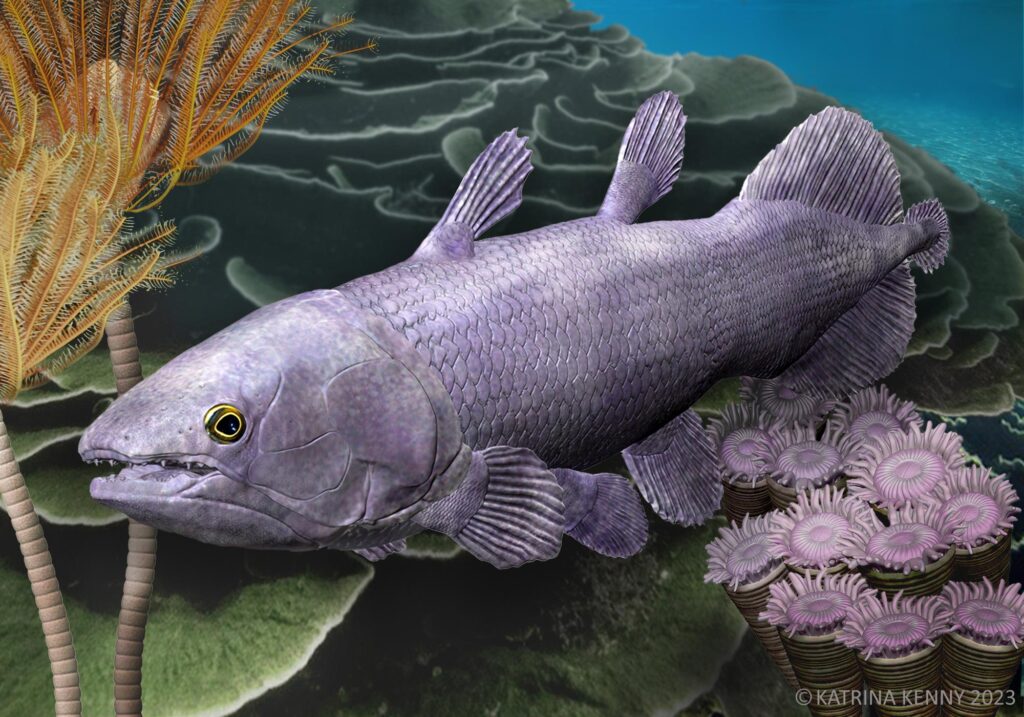If they keep finding supposed extinct fossils alive. Soon there won’t be no fossil record. Because right now we have hundreds of living fossils AKA fossils that are supposed to be extinct but are not.



Etc…
Words to use in search box: creation, evolution, flood, nasa etc...
Literal 6 day creation
If they keep finding supposed extinct fossils alive. Soon there won’t be no fossil record. Because right now we have hundreds of living fossils AKA fossils that are supposed to be extinct but are not.



Etc…
Living fossils disprove evolution because there is no change. No evolution to the lifeform, or from it. It’s poof here’s the life form. Below are a few examples of over 300 living fossils that exist. More are being found every year. 300 times observable and repeatable is very strong empirical evidence evolution did not happen.
And they are finding supposed extinct life all the time. Unchanged = no evolution.
Click image for a larger view.
Living fossil caught in Amber.
Over 40 known blood and soft tissue finds. They were also published then hushed up as to the reason most people don’t know about this.
This will be undeniable evidence that any creationist can use to prove that the Flood did create a lot of what we see, and not “Deep Time” like the evolutionists claim. I will try to put all the information in an order that is easy to understand along with being as brief as possible without leaving the important stuff out.
Side note: There are more than 300 Living Fossils and frozen in time amber evidence. Some of that list is below.
List of Living Fossils:
Amborellaceae
Araucaria araucana the Monkey Puzzle tree
CycadsGinkgo tree (Nasikabatrachus sahyadrensis)
Horsetails Equisetum (Equisetaceae)
Metasequoia Dawn Redwood (Cupressaceae)
Sciadopitys tree (Sciadopityaceae)
Whisk ferns Psilotum (Psilotaceae)
Welwitschia (Welwitschiaceae)
Wollemia tree (Araucariaceae)
Fungi
Neolecta
Aardvark (Orycteropus afer)
Cypriot mouse (Mus cypriacus)
Red Panda (Ailurus fulgens)
Okapi (Okapia johnstoni)
Koala (Phascolarctos cinereus)
Laotian Rock Rat (Laonastes aenigmamus)
Volcano rabbit (Romerolagus diazi)
Amami rabbit (Pentalagus furnessi)
Iriomote cat (Prionailurus iriomotensis)
Monito del Monte (Dromiciops gliroides)
monotremes (the platypus and echidna)
Mountain Beaver (Aplodontia rufa)
Opossums
Acanthisittidae (New Zealand “wrens”)
Hoatzin(Ophisthocomus hoazin)
Broad-billed Sapayoa (Sapayoa aenigma)
Bearded Reedling (Panurus biarmicus)
Coliiformes (mousebirds, 6 living species in 2 genera)
Magpie-goose (Anseranas semipalmata)
Pig-nosed turtle
Crocodilia (crocodiles, gavials and alligators)
Tuatara (Sphenodon punctatus and Sphenodon guntheri)
Purple frog (Nasikabatrachus sahyadrensis)
Bony fish
Bowfin (Amia calva)
Coelacanth (the lobed-finned Latimeria menadoensis and Latimeria chalumnae)
Queensland lungfish (Neoceratodus fosteri)
Sturgeons and paddlefish (Acipenseriformes)
Frilled shark (Chlamydoselachus anguineus)
Mantophasmatodea (gladiators; a few living species)
Mymarommatid wasps (10 living species in genus Palaeomymar)
Nevrorthidae (3 species-poor genera)
Notiothauma reedi (a scorpionfly relative)
Orussidae (parasitic wood wasps; about 70 living species in 16 genera)
Peloridiidae (peloridiid bugs; fewer than 30 living species in 13 genera)
Sikhotealinia zhiltzovae (a jurodid beetle)
Syntexis libocedrii (Anaxyelidae cedar wood wasp)
glypheoid lobsters (3 living species: Neoglyphea inopinata, N. neocaledonica, and Laurentaeglyphea neocaledonica)
Stomatopods (Mantis shrimp)
Triops cancriformis (also known as Tadpole shrimp) (a notostracid crustacean)
Molluscs
Nautilina (e.g. Nautilus pompilius)
Neopilina galateae, a monoplacophorid mollusc
Ennucula superba (Nut clam)
crinoids
Horseshoe crab (only 4 living species of the class Xiphosura, family Limulidae: Limulus polyphemus,Tachypleus gigas, Tachypleus tridentatus and Carcinoscorpius rotundicauda)
Lingula anatina (an inarticulate brachiopod)
onychophorans
Valdiviathyris quenstedti (a craniforman brachiopod)